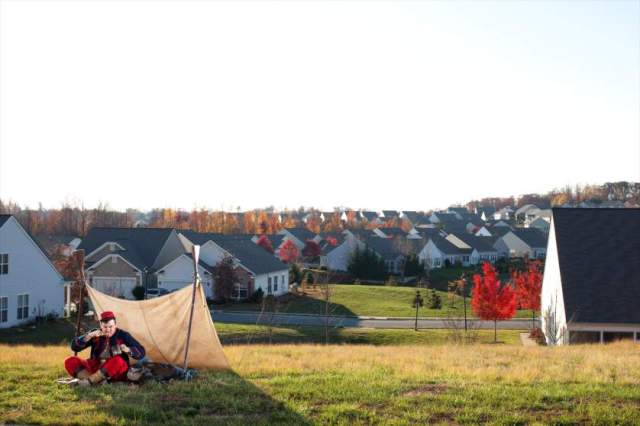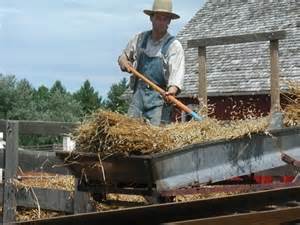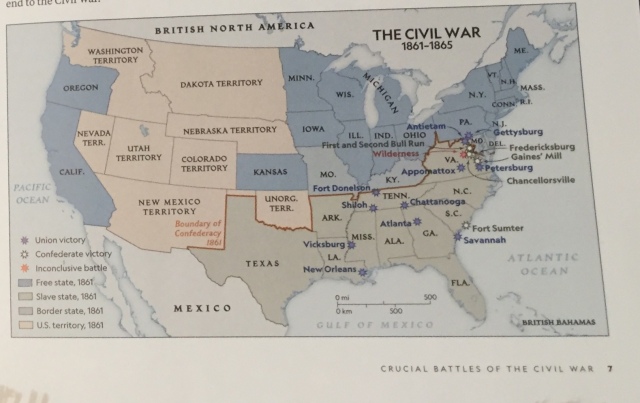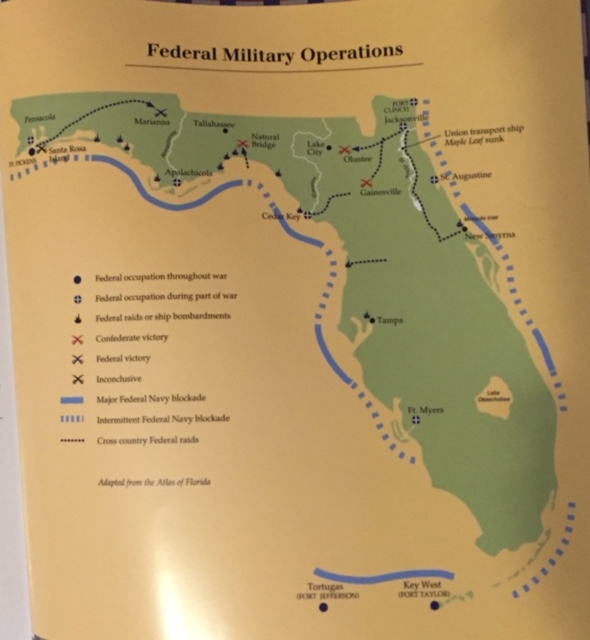 I will never forget my 10th-grade history teacher Mr. Fekete. He had a way of opening up history to me that has captivated me ever since.
I will never forget my 10th-grade history teacher Mr. Fekete. He had a way of opening up history to me that has captivated me ever since.
Instead of quoting dates and names, he told us backstories. My history teacher described how the people lived, details about their land. We were told about everyday things, such as the way perfumes became popular to mask body odors. As adolescents, we could identify with what he was talking about. He taught us about the issues and lifestyle challenges people had to deal with and he also had us research and draw maps of every country and region we studied.
 We learned how different kinds of maps could tell you all kinds of things about an area. This use of maps carried over for me personally in my decades of subscriptions to National Geographic magazine. Issues of the magazine included wonderfully descriptive maps that I collected and studied. Over the years, I traveled the world and even into space through these informative maps. These maps continued my journey through history with their footnotes and callout features. They helped me in my awareness of history and I relied on them as I did various other sources of history. Then one day I learned something disturbing about how some things are published.
We learned how different kinds of maps could tell you all kinds of things about an area. This use of maps carried over for me personally in my decades of subscriptions to National Geographic magazine. Issues of the magazine included wonderfully descriptive maps that I collected and studied. Over the years, I traveled the world and even into space through these informative maps. These maps continued my journey through history with their footnotes and callout features. They helped me in my awareness of history and I relied on them as I did various other sources of history. Then one day I learned something disturbing about how some things are published.
For two decades, I was a textbook editor for an educational publishing company. During that time I witnessed how books, especially history and science ones were designed to exclusively present content mostly based upon predetermined content guidelines and standards. The practice often limited the amount of content a book could have. In essence, a lot of things were often left out so that the content was standards-driven. This made a text more about what was wanted to be learned instead of providing awareness learning. It bothered me having for a time been a teacher myself thinking that there was less opportunity to inspire learning with such emphasis towards mere grades. It made me wonder how many students today were actually learning? Some answer to that came to me later.

Repeated Omissions
Some years later, as executive director of the West Volusia Historical Society, I came across some research while preparing for a presentation that was quite disturbing.
- 70% of students surveyed thought Sputnik was the first animal to travel into space.
- 23% thought it was John F. Kennedy who said, “I only regret that I have but one life to lose for my country.”
- 26% thought the Articles of Confederation established the division of powers between the states and the federal government.
- 43% identified the Declaration of Independence as the source of the phrase “Government of the people, by the people, for the people.”
- 47% could not identify the president who was in office when the United States purchased the Panama Canal.
- 63% did not know during which war the Battle of the Bulge was fought.
- Among their most frightening findings is our students’ lack of knowledge in U.S. history. Just 20% of fourth-graders, 17% of eighth-graders and 12% of 12th-graders were at grade-level proficiency in American history in the 2010 exams.
- Only one in three fourth-graders could identify the purpose of the Declaration of Independence. Less than half understood why George Washington was an important American leader.
- A majority of fourth-graders didn’t know why the Pilgrims left England.
- These are frightening statistics, indicating that our children lack an understanding of our nation’s history and the traits that have made America great.
Source: America’s students failing to learn history, By Callista Gingrich, Special to CNN
Updated 11:24 AM ET, Tue October 8, 2013
This kind of information impressed upon me how important awareness of history is to our perspective and world view. What’s more, this research was from seven years ago. How much more warped is the understanding our students or people in general have today?
Why I Do Living History
We hear a lot of what sounds like crazy perceptions of history and worldly awareness today. I think the ultimate jolt to me was when I one day opened up a copy of one of my time-honored resources, National Geographic’s Atlas of the Civil War © 2019.
 Reading through its exquisite photos and maps I came across one of their maps encompassing the entire conflict on the bottom of page 7. Something seemed odd when I looked at my home state, Florida. The entire state was void of any indication anything during the war had taken place there. This disturbed me because one of my other passions besides history is historical reenacting.
Reading through its exquisite photos and maps I came across one of their maps encompassing the entire conflict on the bottom of page 7. Something seemed odd when I looked at my home state, Florida. The entire state was void of any indication anything during the war had taken place there. This disturbed me because one of my other passions besides history is historical reenacting.
From my over 35-years of participation and study of the hobby, I know the state of Florida near the end of the war was a prime target of the Union. As part of their plan to end the war, the capital was a target to be seized so that a government transition could take place effectively taking Florida out of Confederate control. Two attempts were made to capture Tallahassee the capital. Both were thwarted in major battles. The battle of Olustee or Ocean Pond was fought when over 5,000 combatants meet east of Lake City, Florida and the Union troops were routed back to Jacksonville. A second time, by the sea a Union force was stopped at the battle of Marianna or Natural Bridge. These battles each occurred in 1864. These were major events that reenactors today try to keep the remembrance of alive in people’s minds. To omit such prominent details of history is alarming to me. The state of Florida documents these events so why does National Geographic leave them out?
Why I Do Living History
How else do we forget past events? Do claims the Holocaust never happened ring a bell? How about the movement to remove monuments? Our history, even with its’ warts is an important reminder to us of the past. It defines who we are and directs us. That’s one of the reasons I continue to do living history and why I wrote my book, Grand Hotels of West Volusia County. Let’s see if we can get our history straight.
